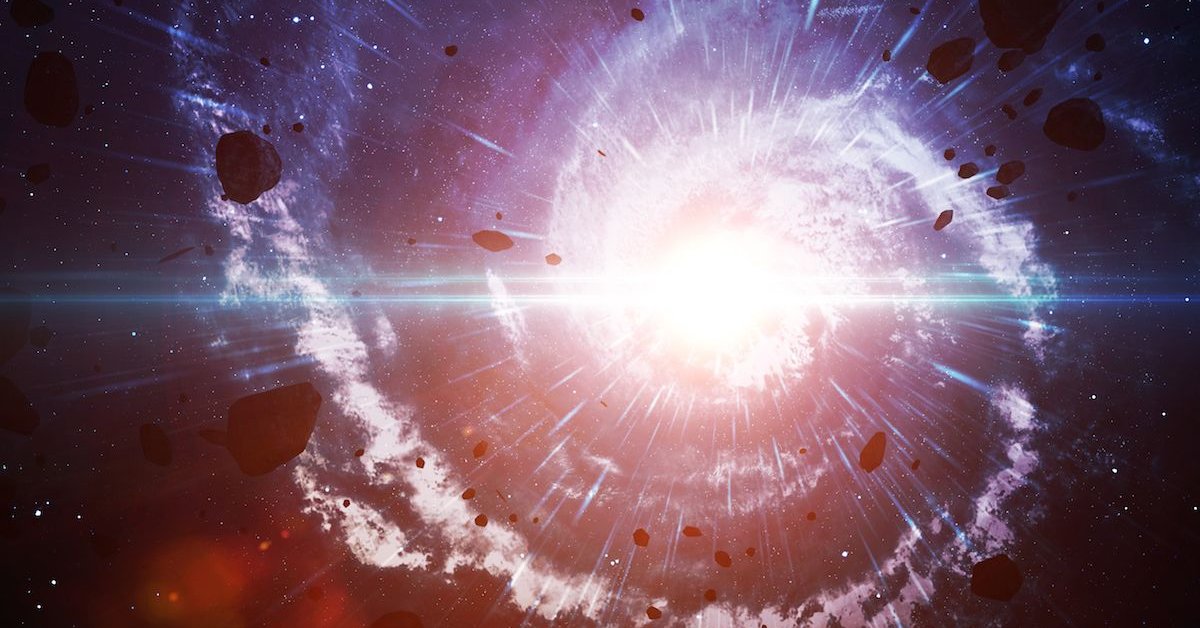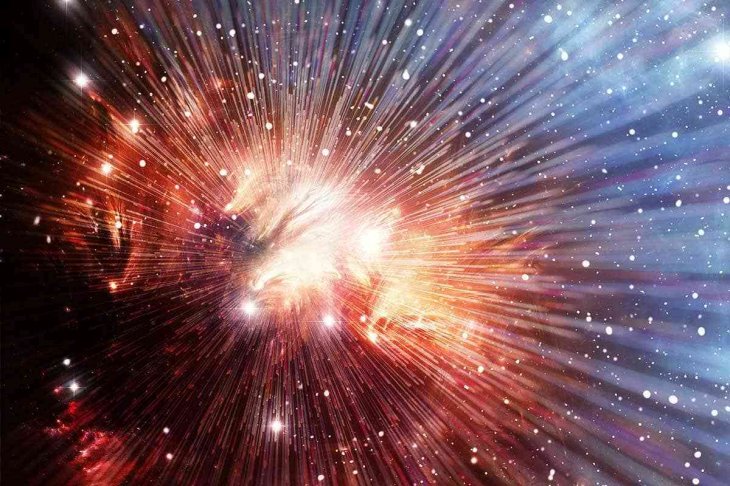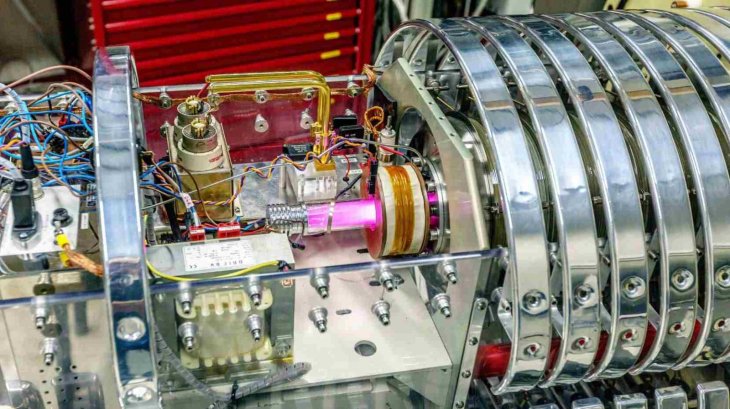Physicists Recreated The Nuclear Reaction 2-3 Minutes After The Big Bang
Dhir Acharya - Dec 11, 2020

Physicists have re-created a nuclear reaction happening 2-3 minutes after the Big Bang. The experiment was carried out in a hidden lab under a mountain.
- The First Space Hotel In The World Will Welcome 400 Guests
- Startup Builds Vehicle With Soviets Tech To Collect Space Garbage
- World's First Space Hotel To Begin Construction In 2025 With Rooms For 400 Guests
Physicists in Italy have re-created a nuclear reaction happening 2-3 minutes after the Big Bang. The experiment was carried out in a hidden lab under a mountain in the country.
By measuring the reaction rate, the scientists were able to nail down the most uncertain factor in the Big Bang nucleosynthesis that created the first atomic nuclei of the universe. The results are very satisfying as many researchers are researchers interested in nuclear physics, particle physics, astronomy, and cosmology.
The reaction uses deuterium, which is a form of hydrogen containing one neutron and one proton that joined within the first three minutes of the cosmos. Most of the material fused quickly into stabler, heavier elements such as lithium and helium. However, some still exist until now and our bodies do have some grams of deuterium that has remained since the Big Bang.

The exact amount of deuterium remaining reveals crucial information about those first minutes of the universe, including the density of neutrons and protons as well as how fast they got separated by cosmic expansion.
Nevertheless, physicists can only obtain that information if they figure out the rate of the fusion between deuterium and a proton to generate the isotope helium-3. This rate is what LUNA collaboration (Laboratory for Underground Nuclear Astrophysics) has pinned down.
For nearly a decade, scientists have been uncertain about whether deuterium absorbed a proton and turned into helium-3, meaning the picture of the first minutes of the universe remains unclear. This uncertainty has also prevented physicists from comparing what the cosmos looked like then and 380,000 years later, at which the universe had cooled down enough to let electrons orbit atomic nuclei.
One of the challenges for physicists in measuring how quickly deuterium fuses with a photo is that the reaction doesn’t happen often under lab conditions. In each second of the LUNA experiment, there were 100 trillion protons fired at the target deuterium. Only a few fuses in a day.
In addition to that, cosmic rays raining down on the surface of the Earth can mimic the signal generated from deuterium reactions. This is the reason why the experiment was carried out in an underground lab to avoid cosmic rays, according to LUNA’s lead of data collection.
The team conducted the experiment in three years and obtained data gradually. Unfortunately, the measurement may be a disappointment for cosmologists who look for cracks in the existing model of how the universe works.

The newly measured rate is between the 1997 measurement and 2016 theoretical prediction. More importantly, when the rate is fed into the equations of Big Bang nucleosynthesis, the physicists predict a primordial matter density as well as a cosmic expansion rate, which were almost square with observations of the microwave background of the cosmos 380,000 years later.
Based on this result, it’s safe to say that the standard cosmic model is quite right so far. While it’s not really exciting to find out, we are in an era when scientists proceed through each small step and there remain a lot of unknown things about the universe for us to discover.
>>> SpaceX Starship Prototype Exploded In The Latest Flight Test But Elon Musk Is Happy
Featured Stories

Features - Jul 01, 2025
What Are The Fastest Passenger Vehicles Ever Created?

Features - Jun 25, 2025
Japan Hydrogen Breakthrough: Scientists Crack the Clean Energy Code with...

ICT News - Jun 25, 2025
AI Intimidation Tactics: CEOs Turn Flawed Technology Into Employee Fear Machine

Review - Jun 25, 2025
Windows 11 Problems: Is Microsoft's "Best" OS Actually Getting Worse?

Features - Jun 22, 2025
Telegram Founder Pavel Durov Plans to Split $14 Billion Fortune Among 106 Children

ICT News - Jun 22, 2025
Neuralink Telepathy Chip Enables Quadriplegic Rob Greiner to Control Games with...

Features - Jun 21, 2025
This Over $100 Bottle Has Nothing But Fresh Air Inside

Features - Jun 18, 2025
Best Mobile VPN Apps for Gaming 2025: Complete Guide

Features - Jun 18, 2025
A Math Formula Tells Us How Long Everything Will Live

Features - Jun 16, 2025
Comments
Sort by Newest | Popular